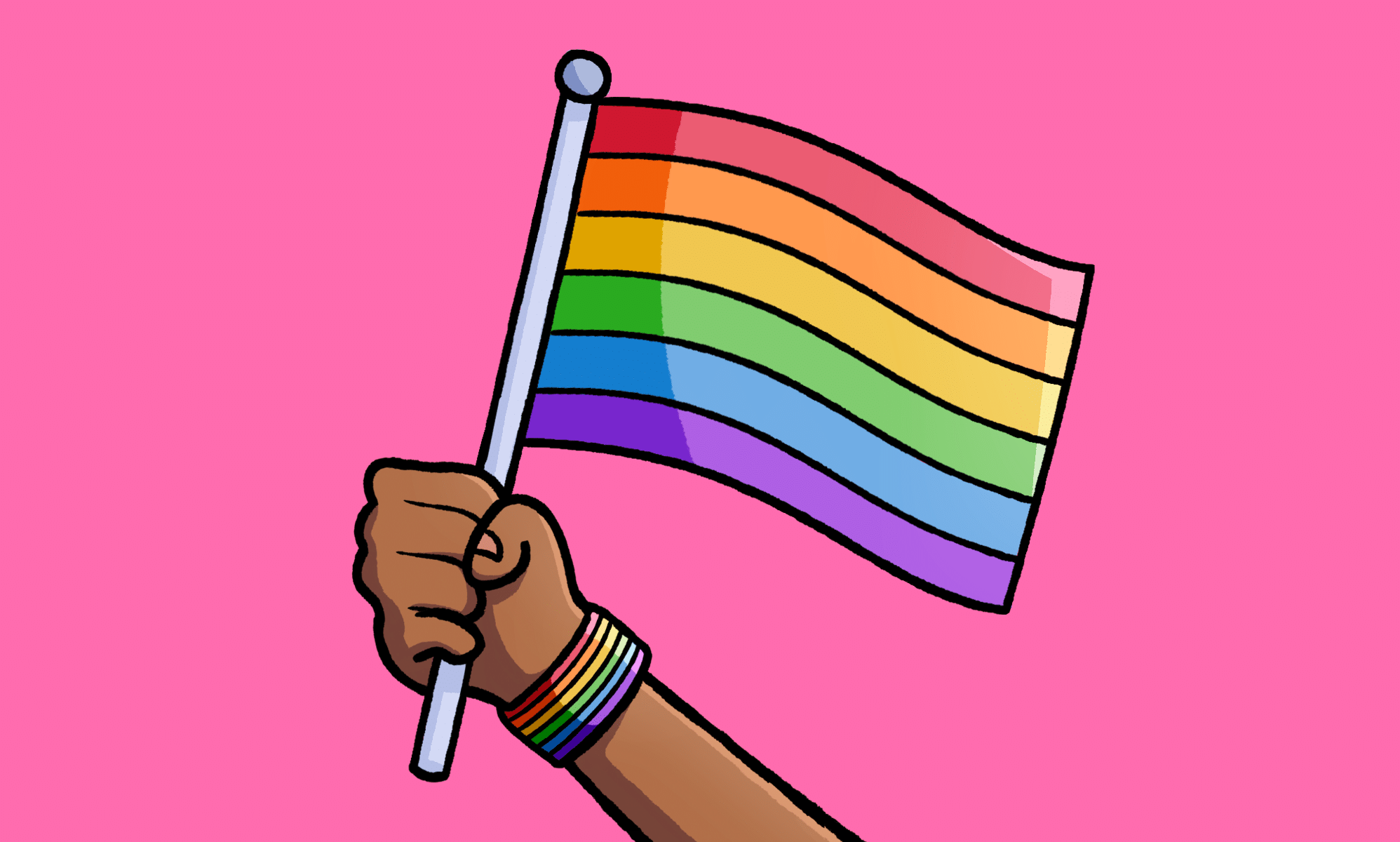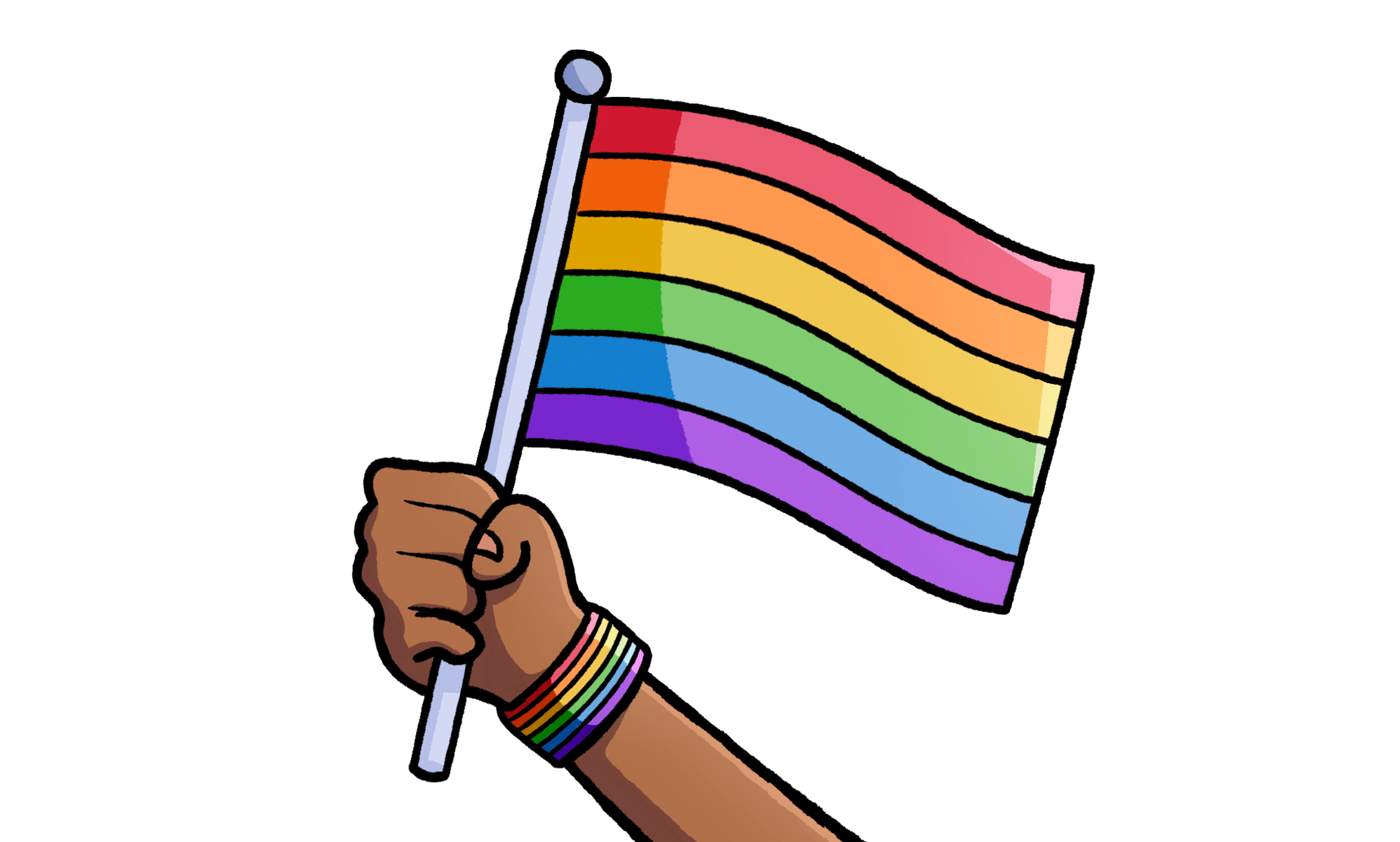Opening The Celluloid Closet 20 years later

The Celluloid Closet – the monumental documentary that explores the depiction of queer characters in Hollywood cinema – is turning 20. There have been massive strides in LGBT representation since the film was released, but there is still work to be done. Here, I evaluate the film’s legacy and wonder what an updated version would look like.
The film is based on the book of the same name by writer and LGBT activist Vito Russo, in which he explores the portrayal of queer characters on the silver screen. Russo was involved in the early development of the film before his death in 1990. ‘The Celluloid Closet’ was finally released in 1995 after a series of fundraising appeals. Narrated by the beautiful Lily Tomlin and featuring commentary by Whoopi Goldberg, Tom Hanks, and Harvey Fierstein; the film is a seminal look at our cinematic representation.
Gay people are “pathetically starved for images of ourselves,” Jan Oxenberg opines at the beginning of the film. That does not seem to be the case any more. Some of us at least, to extend Oxenberg’s metaphor, seem only mildly peckish for versions of ourselves on screen. How much has really changed in the twenty years since The Celluloid Closet was released? How much further do we have to go?
The Sissy
One of the most controversial archetypal gay characters in cinema was also one of the first. These male comedic characters could be distinguished by their swishy mannerisms, perfectly-coiffed hair or pencil-thin moustaches. These men were never directly labelled as gay; rather their sexuality was hinted at through their excessive gesticulation or status as the only man in a predominantly female environment (the guy who makes the costumes for the dancing girls). They became known as ‘the sissy’.
The role of the sissy was simple. As the film’s narration recounts, the sissy “made everyone feel more manly or more womanly by occupying the space in between.” The sissy was a creation of straight men – a caricature of what they assumed a gay man would act like. The source of the comedy in this character was their blurring of the gender lines. The men looked more manly next to them; and the women more feminine. They were also characters of limited importance to the action. Sissies were neither the heroes nor the villains; simply the comic relief.
The sissy is met with widespread revulsion in the present day for being a stereotypical representation that many find offensive and counterproductive to the objectives of the LGBT rights movements. Playwright and screenwriter Arthur Laurents hated the sissy, calling the archetype “disgusting” and a “cliché”. Much like the minstrel or the mammy in its heavy-handed approach, the sissy is viewed as a relic – something to only be seen with the benefit of hindsight, and never enjoyed.
However, the sissy is arguably more subversive than first appears. When I spoke to Matt Baume about the film, he was more supportive of the sissy’s legacy. “Seeing these characters who break the gender lines and turn the gender lines into kind of a squiggle, it’s wonderful because it’s great for people who legitimately have that temperament,” he argued. Baume sees enjoyment of the sissy as something that can be reclaimed, much like the slurs ‘queer’ or ‘faggot’. These words were once – and still are – used to oppress and intimidate us, but have since been taken by some LGBT people as a method of self-identification. The sissy can can also be given new meaning, and the label can be worn with pride. Just because someone may enjoy or identify with the sissy, they do not have to embrace the culture in which it was created or subscribe to the reading that was originally derived from their onscreen presence.
Homo biopic?
No matter how one feels about the sissy, it is a character that appears to have altogether disappeared in contemporary Hollywood cinema. Instead, the focus in cinema is towards portrayals of real-life gay men in the ‘homo biopic’. These are portraits of gay men who have had a profound impact on American culture; be it Harvey Milk (‘Milk’), Truman Capote (‘Capote’), or Allen Ginsberg (‘Howl’). While not the most uplifting pictures – the gay guys in these films either die young or live quite miserably – they have been critically lauded. Philip Seymour Hoffman and Sean Penn both won Oscars for their respective portrayals of Capote and Milk. The success of ‘Milk’ led to an increased awareness of Harvey Milk’s legacy, particularly among young people. Harvey Milk Day was introduced in 2009 by then-California Governor Arnold Schwarzenegger after Penn’s screen portrayal of Milk.
It’s a pity then, that gay women haven’t been treated to the same portrayals. The only lesbian biopic that comes to mind is ‘Monster’, which – despite being an Oscar-winning film – depicts a lesbian as a serial killer. A possible exception to this lack of lesbian visibility is the 1996 independent film ‘The Watermelon Woman’, in which director Cheryl Dunye searches for information about the eponymous woman – a lesbian actor who appeared in Classic Hollywood films in ‘mammy’ roles. While shot in documentary style, ‘The Watermelon Woman’ is actually a fictional film that addresses the lack of discussion around lesbian representation in cinema.
Trans cinema
Trans or genderqueer characters are never specifically addressed in ‘The Celluloid Closet’. There are quick shots from ‘The Crying Game’ and ‘The Silence of the Lambs’ (another problematic representation), but the particulars of the trans experience are not addressed.
When ‘The Celluloid Closet’ was released in the mid-90s, our culture wasn’t nearly as aware of or sensitive to trans issues as we are now. Still, with visibility of public trans figures at an all-time high, film representation doesn’t appear to be at the same level. Sure, ‘Transamerica’ happened, but that was ten years ago. ‘Boys Don’t Cry’ came out in 1999. Jared Leto won an Oscar for playing a trans woman in Dallas Buyers Club though? But that was in a film chronicling the story of a homophobic straight guy, so we’ll take that with a large helping of salt.
Re-opening the Closet
What are the seminal queer films released over the last 20 years? If they were to make an updated Celluloid Closet, what films would be included? There are the obvious choices – Brokeback Mountain, The Birdcage, The Kids are All Right – which are highly-regarded and have been recognised with awards etc. But what other films are significant?
One film I think should be recognised is the teen comedy ‘GBF’. It may be considered ‘trashy’ or ‘shit’, but the importance of films like GBF should not be overlooked. In the vein of camp favourites ‘Mean Girls’ and ‘Heathers’, GBF is the story of the teen experience, told through the closeted Tanner who becomes the prized pet of the popular girls after being accidentally outed. Much like every teen movie in existence, his status as the local Gay Best Friend causes Tanner to become estranged from his friends until everything is tied up in a neat bow by the third act
While it may be marketed as a ‘gay film’, ‘GBF’ is only as gay as every other high school movie. Along with other queer, tongue-in-cheek comedies like But I’m A Cheerleader, ‘GBF’ arguably say more about the gay experience than the aforementioned critical darlings do. They are critical in showing that – to quote ‘The Boys in the Band’ – “not all faggots bump themselves off at the end of the story”. For when one comes out of the closet – celluloid or otherwise – it is joy that we chase. These films depict the unbridled fun that has been missing from cinematic portrayals of our lives. The more downbeat films may be brilliant, but it is these films that are to be celebrated as we continue to push the Celluloid Closet door open.






